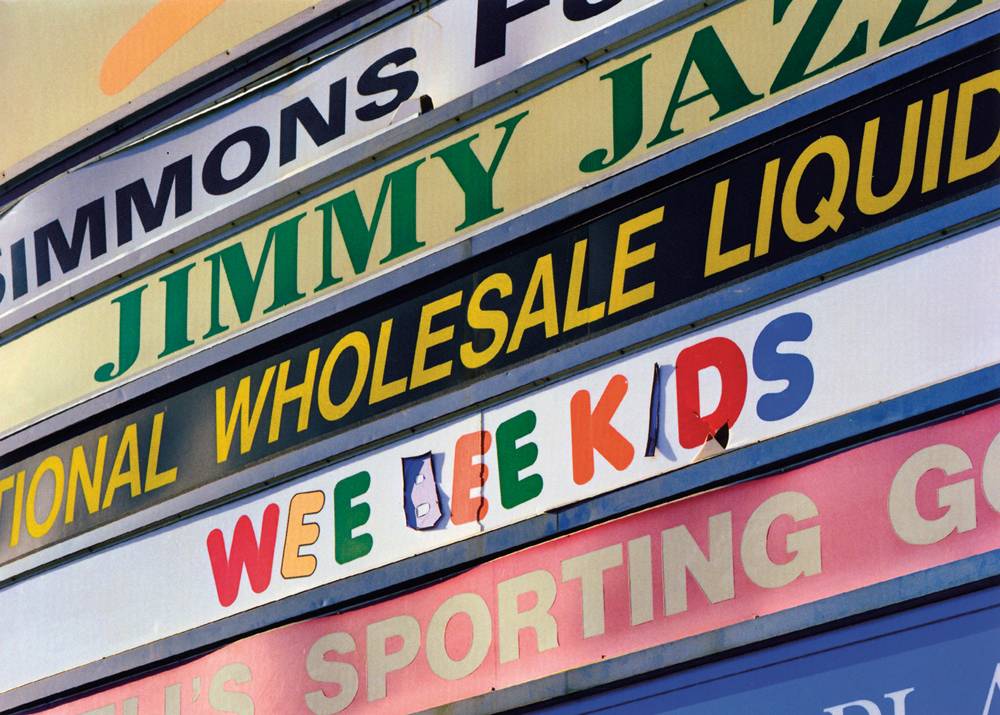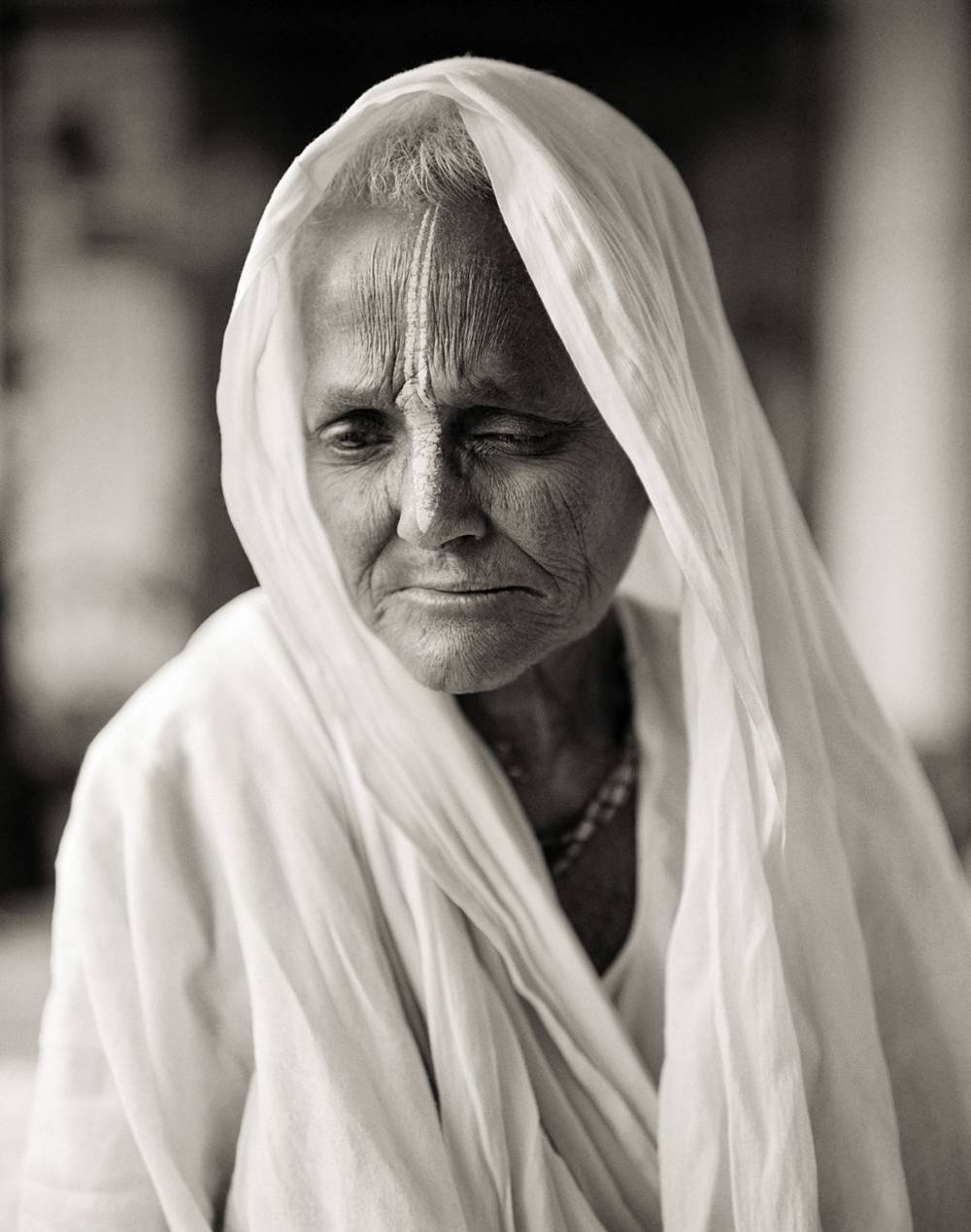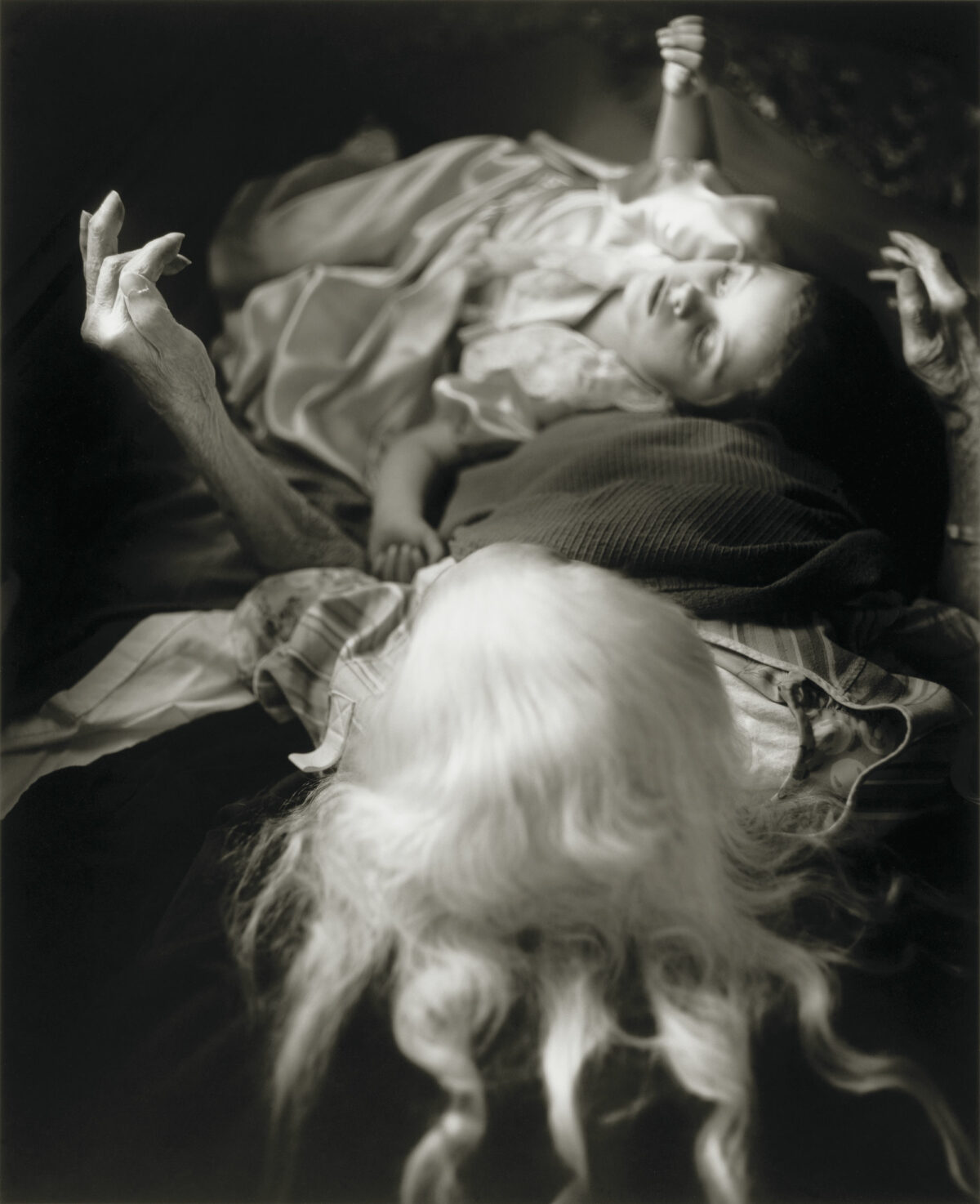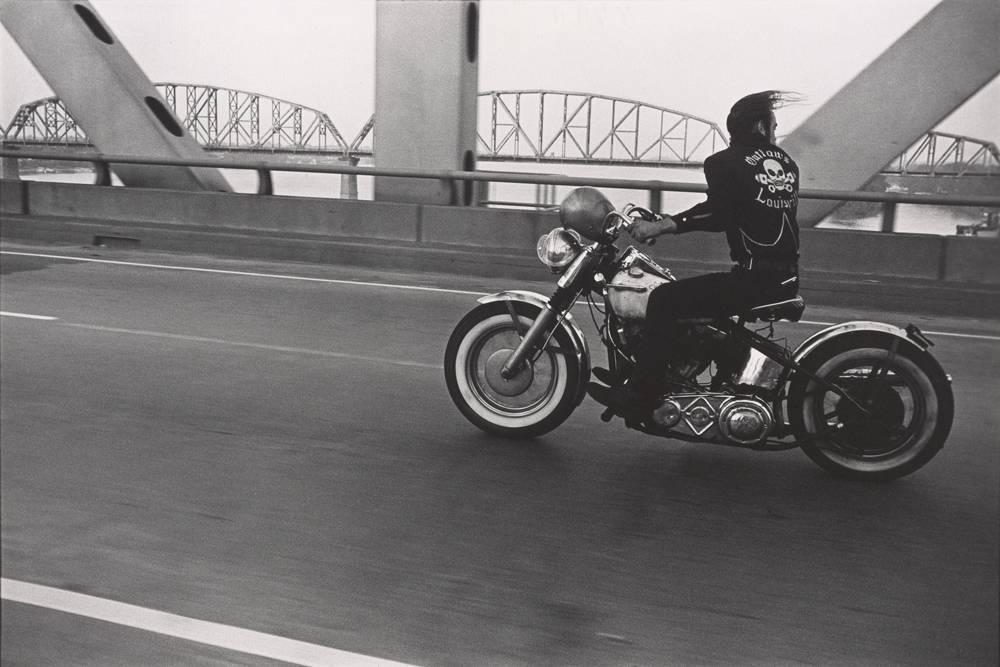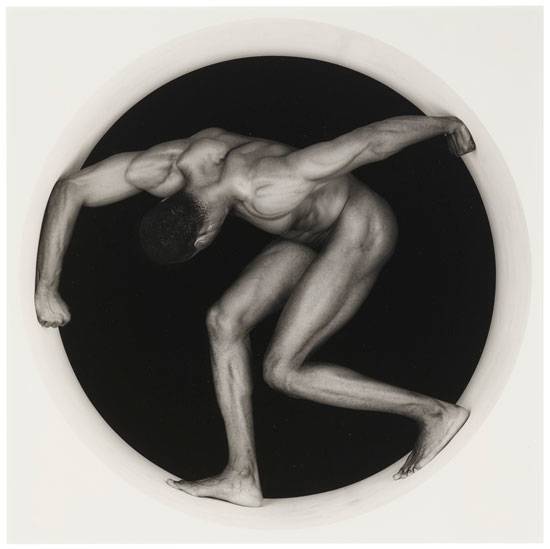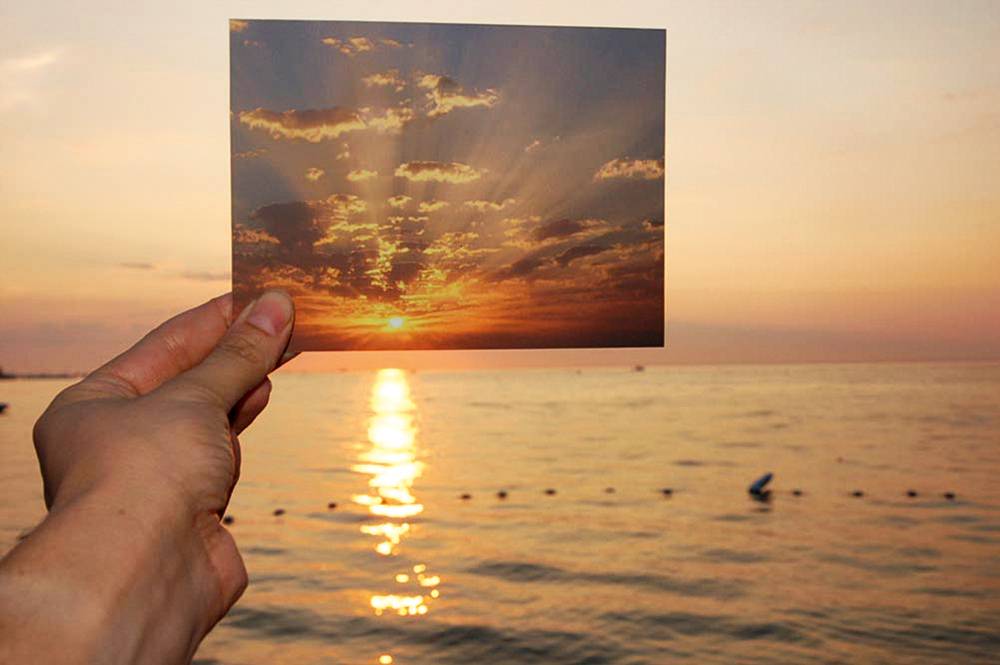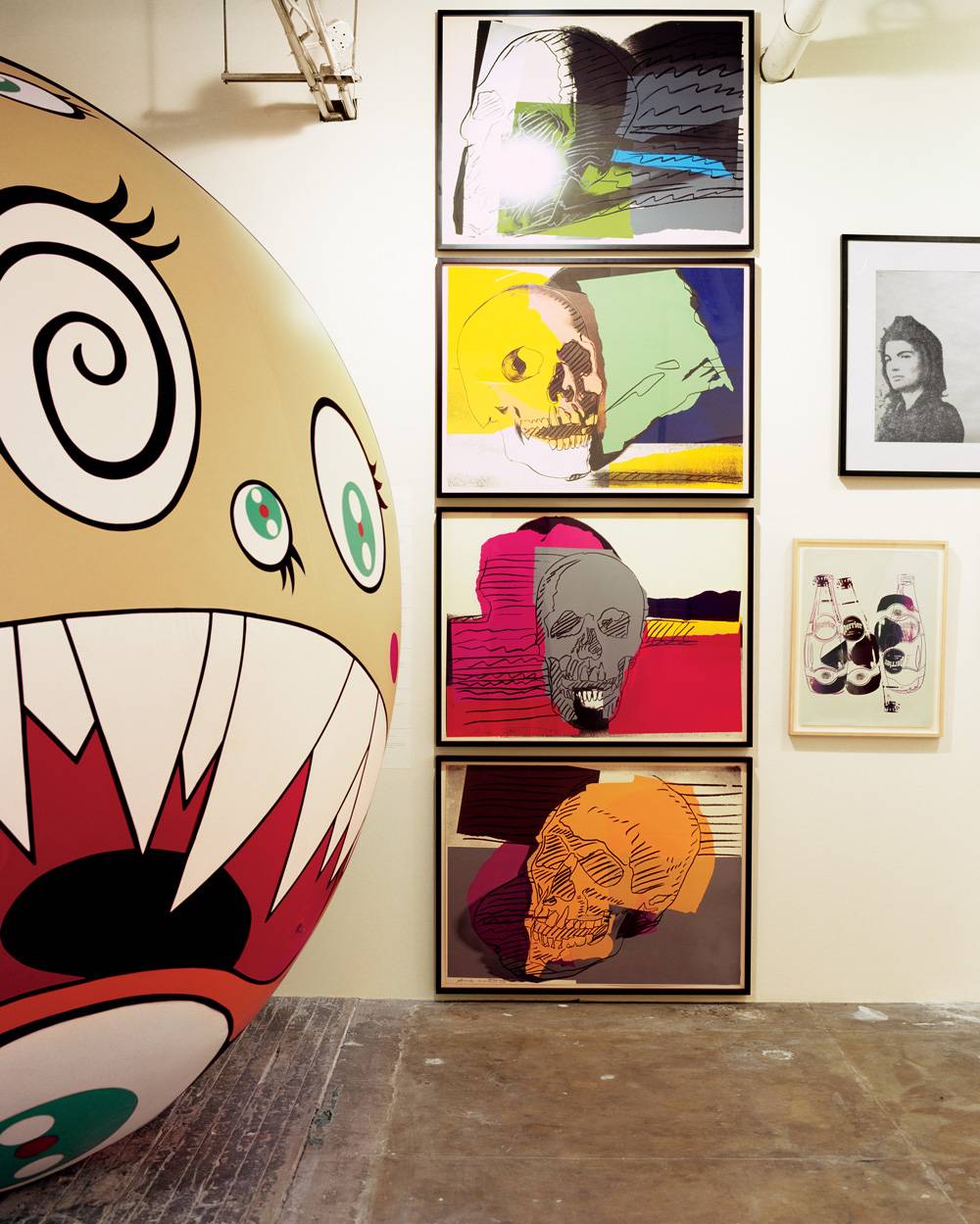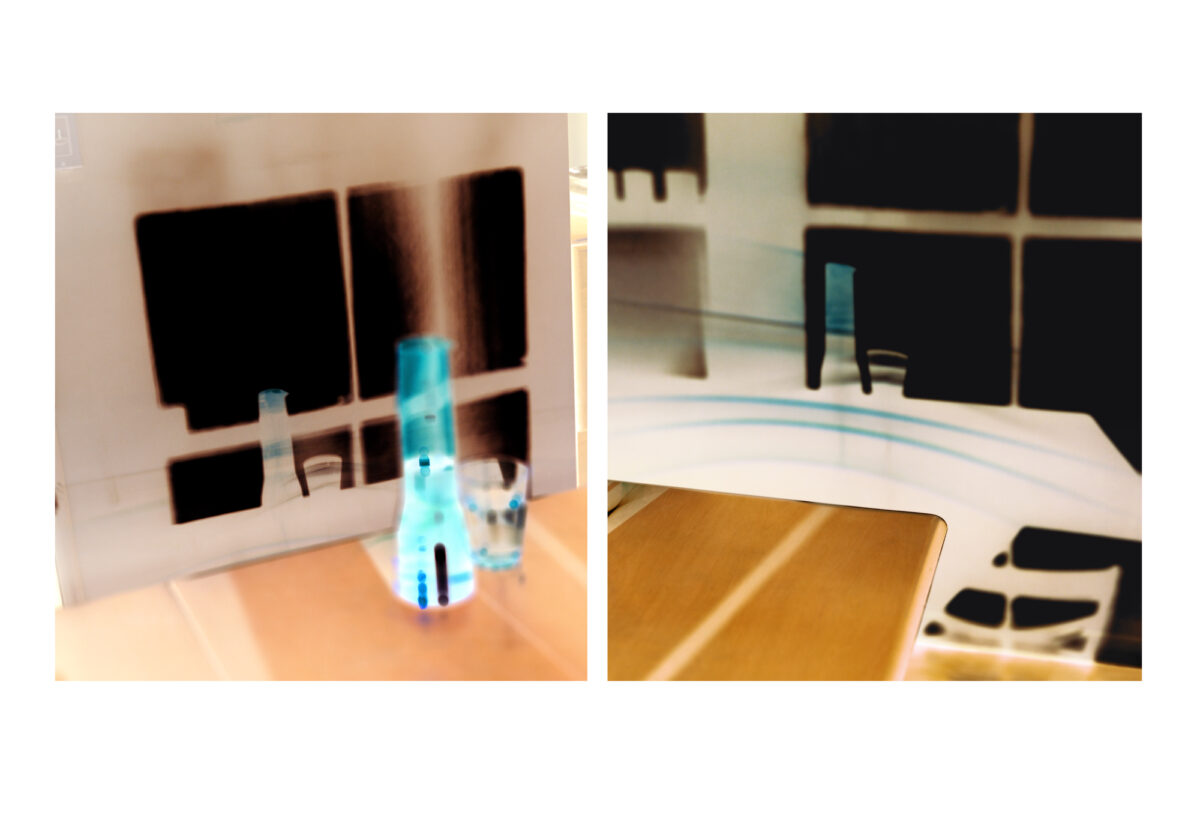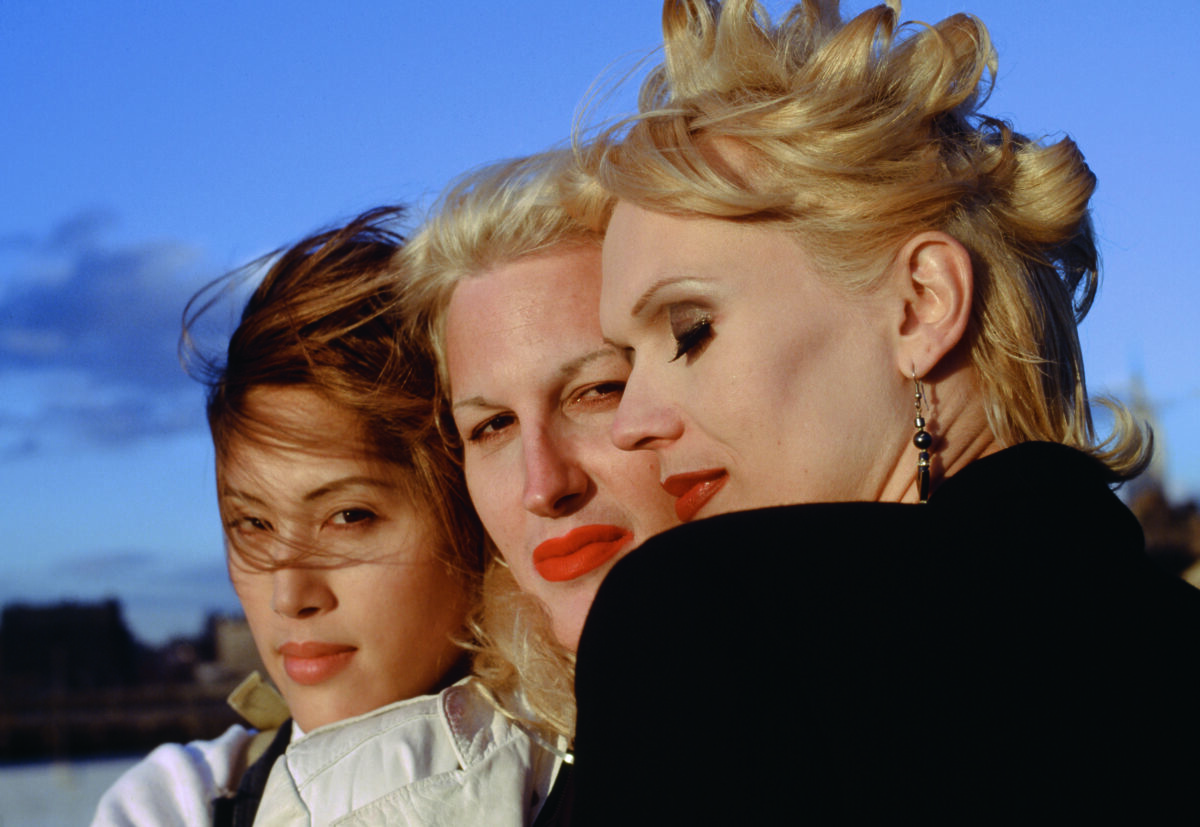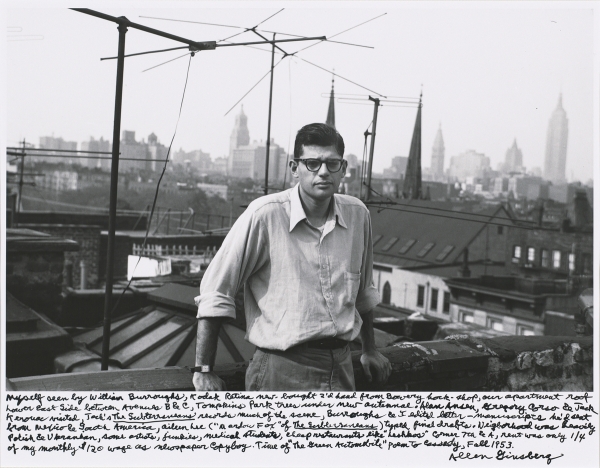
The poet Allen Ginsberg once described his photographs, a selection of which are on view through April 6 at NYU’s Grey Art Gallery (originally organized by the National Gallery of Art), as “epiphanous moments.” No doubt they were for Ginsberg himself, when he rediscovered them in the early 1980s, after they’d been packed away in Columbia University’s archives for almost 20 years. They documented his close friends, lovers and fellow writers and artists when they were young and about to coalesce into the influential, counterculture Beats. For viewers, though, Ginsberg’s photographs are more interesting for their documentary qualities than for their poetic ones.
Most of the pictures on view are fairly straightforward, even conventional snapshots, which is all they were intended to be at the time. That doesn’t mean the photographs aren’t compelling, just not as works of art. They might fall into the category of vernacular photography, except that their subjects are so fascinating and capture a time of such literary ferment.
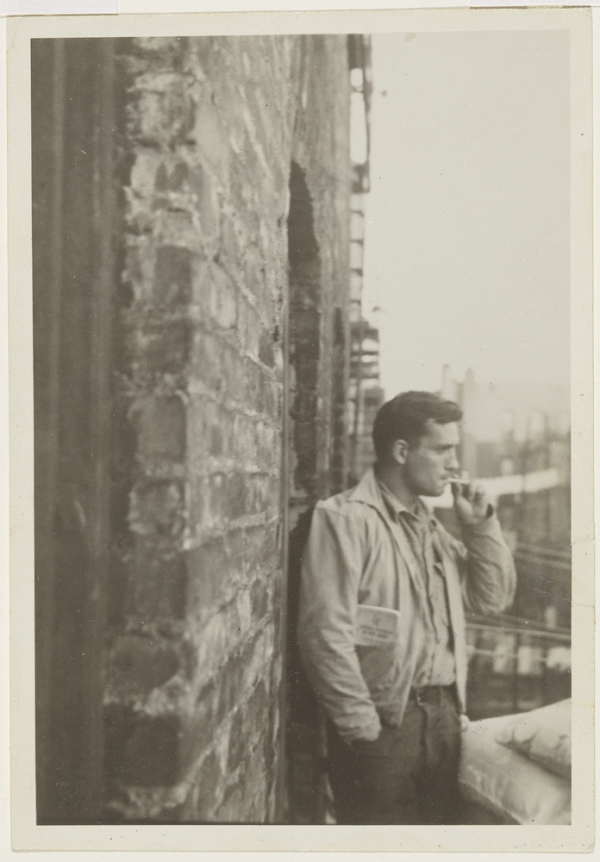
Ginsberg was a devoted amateur photographer, and he kept a $13 Kodak that he bought at a pawn shop with him to photograph his friends and fellow poets, writers and artists, including William Burroughs, Jack Kerouac, Gregory Corso, and Neal Cassady, among others. It’s a scrapbook of youthful friendship and, ultimately, of the ravages of time, not to mention drugs and alcohol. The exhibition includes a 1953 photograph of a ruggedly handsome Kerouac smoking a cigarette on Ginsberg’s fire escape. Its poignancy is heightened by a portrait of Kerouac from 1964, captioned by Ginsberg, “the last time he visited my apartment 705 East 5th Street, NYC.” The bloated, defeated-looking Kerouac slouches in a chair. He died just five years later, in 1969, of liver failure.
Ginsberg lost his pawn shop camera in the ‘60s and stopped taking pictures. Then he rediscovered his cache of photographs in the ‘80s and became interested in photography again. He enlarged and reprinted some of the early snapshots and, on the advice of his friend Robert Frank, bought a new camera. He also began adding extensive handwritten captions to the photographs, responding to them from the remove of an older man. In a way the photographs themselves don’t, the captions capture his distinctive voice – under a photograph of Kerouac strolling through New York, vogueing for the camera, he wrote, “He’s making a Dostoyevsky-mad face or Russian basso bebop Om.”


